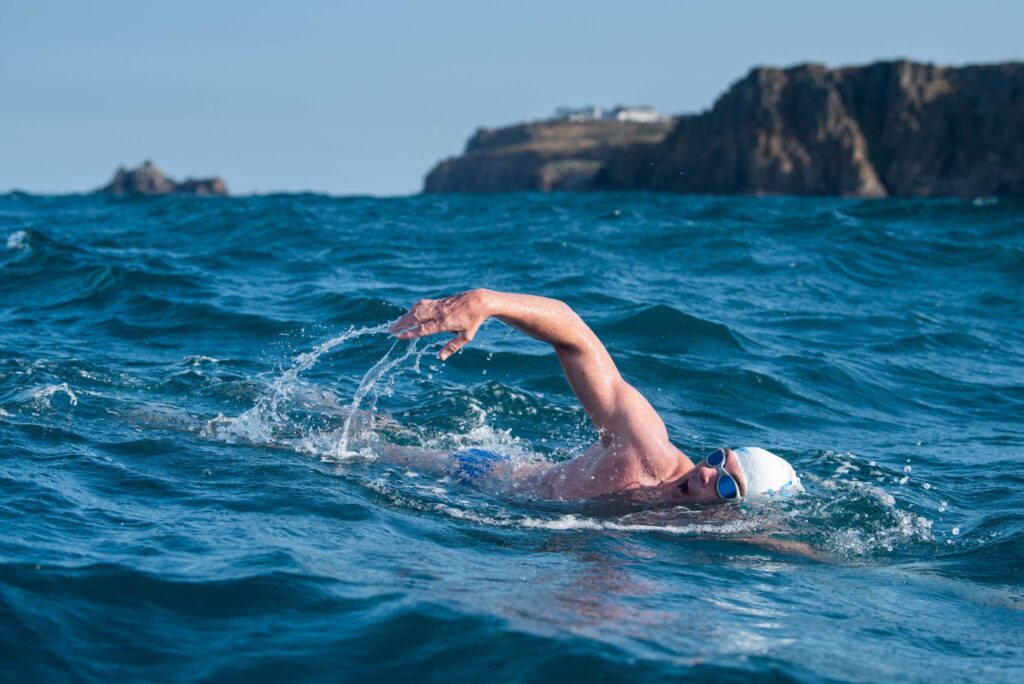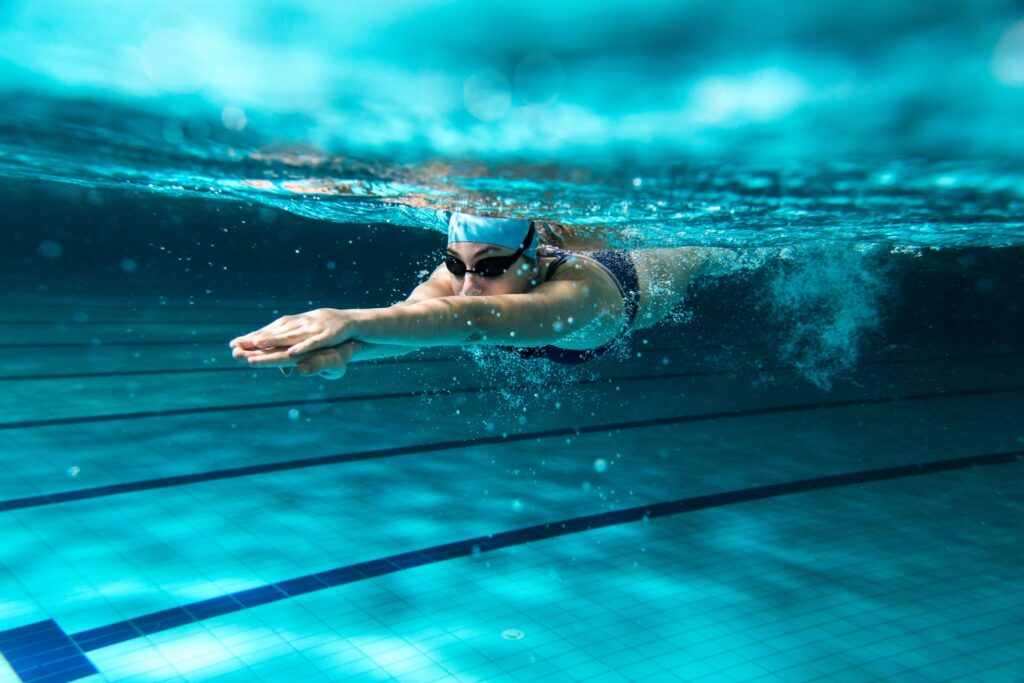Introduction
Swimming is an essential life skill and a great way to stay fit. Whether you’re a beginner or looking to improve your technique, understanding swimming e h l s can make a significant difference in your performance. This article will explore the concept of swimming E H L S, focusing on its techniques, benefits, and tips for improvement. By the end, you’ll have a comprehensive understanding of how to enhance your swimming skills effectively.
What is Swimming E H L S?
Swimming E H L S refers to the principles and techniques that can help swimmers enhance their performance in the water. The acronym E H L S stands for Efficiency, Hydrodynamics, Line, and Speed. These four elements work together to create a streamlined and effective swimming style.
Read Also: swimming e h l s
Efficiency
Efficiency in swimming means using the least amount of energy to cover the greatest distance. This is crucial for both competitive and recreational swimmers. To improve efficiency, swimmers should focus on proper techniques, including body positioning, stroke mechanics, and breathing patterns.
Hydrodynamics
Hydrodynamics is the study of how bodies move through water. Understanding hydrodynamics helps swimmers minimize drag and maximize propulsion. By adopting a streamlined body position and using effective strokes, swimmers can glide through the water more smoothly.
Line
Line refers to the alignment of the body during swimming. Maintaining a straight line from head to toe reduces resistance and allows for smoother movement through the water. Proper alignment is essential for efficient swimming and can significantly impact performance.
Speed
Speed is the ultimate goal for many swimmers. It’s influenced by several factors, including technique, strength, and endurance. By mastering the elements of E H L S, swimmers can improve their overall speed in the water.
The Importance of Swimming E H L S
Enhancing Performance
By focusing on swimming E H L S, swimmers can enhance their overall performance. Whether you’re training for competition or swimming for fitness, applying these principles can lead to improved times and increased efficiency.
Reducing Fatigue
One of the key benefits of understanding swimming E H L S is that it helps reduce fatigue. When swimmers use efficient techniques and maintain proper alignment, they expend less energy, allowing them to swim longer distances without becoming overly tired.
Preventing Injury
Proper technique is essential not only for performance but also for preventing injuries. Swimmers who focus on E H L S are less likely to develop overuse injuries, as they are less likely to strain their muscles and joints.
Techniques for Improving Swimming E H L S
Body Positioning
One of the fundamental aspects of swimming E H L S is body positioning. Swimmers should aim to maintain a horizontal position in the water, which helps reduce drag. Here are some tips for achieving better body positioning:
- Head Position: Keep your head in line with your spine. Avoid lifting it too high, as this can cause your hips to sink, increasing drag.
- Core Engagement: Engage your core muscles to maintain a stable position. A strong core helps keep the body aligned and balanced in the water.

Stroke Mechanics
Effective stroke mechanics are vital for swimming E H L S. Different strokes require different techniques, but some general tips apply to all:
- Long Strokes: Focus on extending each stroke. This not only helps improve your reach but also enhances propulsion.
- Breathing Techniques: Practice bilateral breathing to ensure balanced stroke mechanics. This involves breathing on both sides during freestyle swimming, which helps maintain alignment and stability.
Drills for Efficiency
Incorporating specific drills into your training can help you focus on the principles of swimming E H L S. Here are a few effective drills:
- Catch-Up Drill: In this drill, one arm remains extended in front while the other completes a full stroke. This helps improve stroke timing and efficiency.
- Single-Arm Swimming: Swim with one arm while keeping the other at your side. This drill helps you focus on your stroke mechanics and body positioning.
Building Strength and Endurance
While technique is essential, building strength and endurance is also crucial for swimming E H L S. Here are some effective ways to improve your strength and endurance:
- Dryland Training: Incorporate exercises like push-ups, planks, and resistance training to build strength in your swimming muscles.
- Interval Training: Use interval training in the pool to build endurance. Alternate between fast and slow swimming to improve both speed and stamina.
Common Mistakes to Avoid
Poor Body Position
One of the most common mistakes swimmers make is improper body positioning. Swimmers should avoid lifting their heads too high or allowing their hips to sink. Focus on maintaining a streamlined position in the water.
Inefficient Breathing
Breathing is critical in swimming, but inefficient breathing can disrupt your stroke. Ensure that you are not holding your breath for too long or lifting your head excessively to breathe.
Overreaching
While it’s essential to reach for long strokes, overreaching can lead to a loss of balance and increased drag. Focus on extending your strokes without compromising your body position.
Read Also: swimming e h l s
The Benefits of Mastering Swimming E H L S
Competitive Advantage
For competitive swimmers, mastering swimming E H L S can provide a significant advantage. Improved efficiency, speed, and endurance can lead to better race times and overall performance.
Increased Enjoyment
Even for recreational swimmers, applying the principles of swimming E H L S can enhance the overall experience. Swimmers who feel efficient and capable in the water are more likely to enjoy their time in the pool or open water.
Lifelong Skills
Learning to swim effectively is a valuable skill that lasts a lifetime. By focusing on swimming E H L S, individuals can become more confident swimmers, whether they are in a pool, lake, or ocean.

Frequently Asked Questions (FAQs)
What does swimming E H L S mean?
Swimming E H L S refers to the principles of Efficiency, Hydrodynamics, Line, and Speed, which help swimmers improve their performance in the water.
How can I improve my swimming efficiency?
To improve your swimming efficiency, focus on proper body positioning, effective stroke mechanics, and specific drills designed to enhance your technique.
What are some common mistakes in swimming?
Common mistakes include poor body position, inefficient breathing, and overreaching during strokes. It’s essential to be mindful of these aspects to improve performance.
Is swimming E H L S beneficial for beginners?
Yes, understanding and applying swimming E H L S can be beneficial for swimmers of all skill levels, including beginners. It helps establish a strong foundation for future improvement.
How often should I practice swimming drills?
Incorporate swimming drills into your routine at least once or twice a week, depending on your training goals. Regular practice will lead to gradual improvement.
Conclusion
Understanding swimming E H L S is essential for anyone looking to improve their swimming skills. By focusing on Efficiency, Hydrodynamics, Line, and Speed, swimmers can enhance their performance, reduce fatigue, and prevent injuries. With practice and dedication, you can master the principles of swimming E H L S, leading to a more enjoyable and effective swimming experience. Whether you swim for competition or fitness, applying these techniques will help you become a better swimmer.



